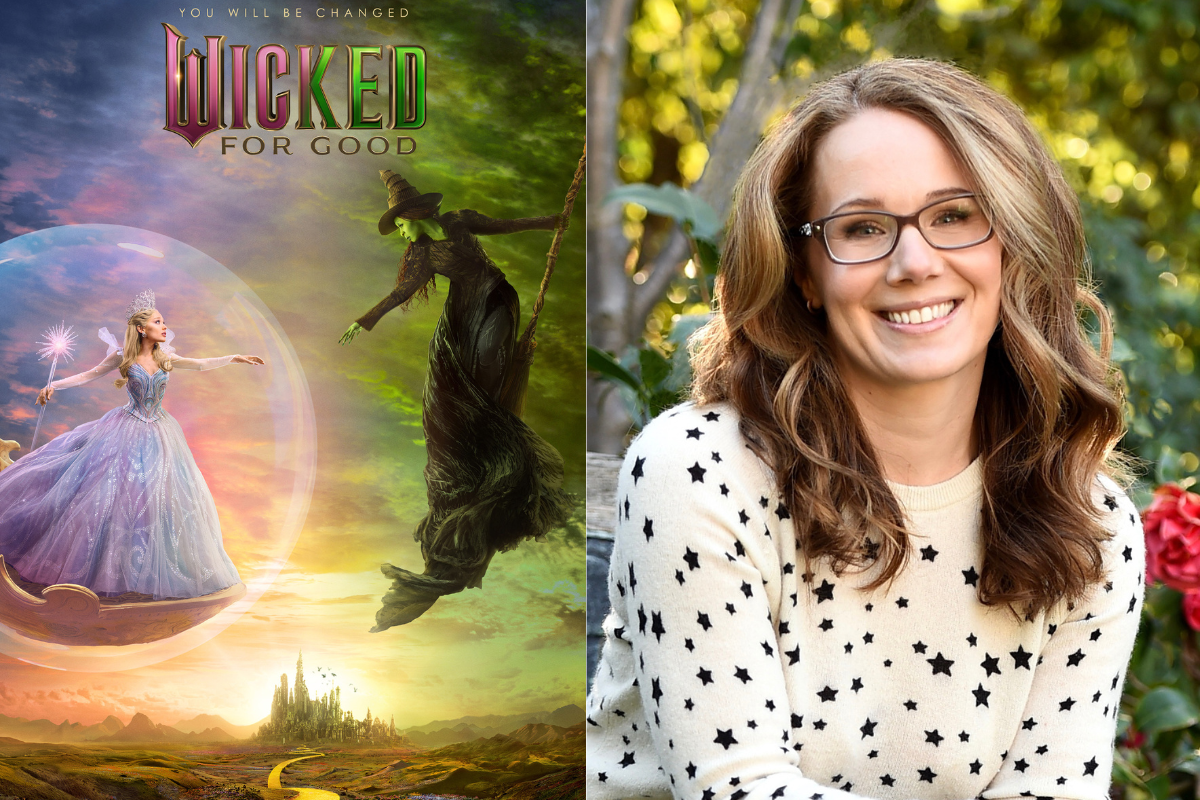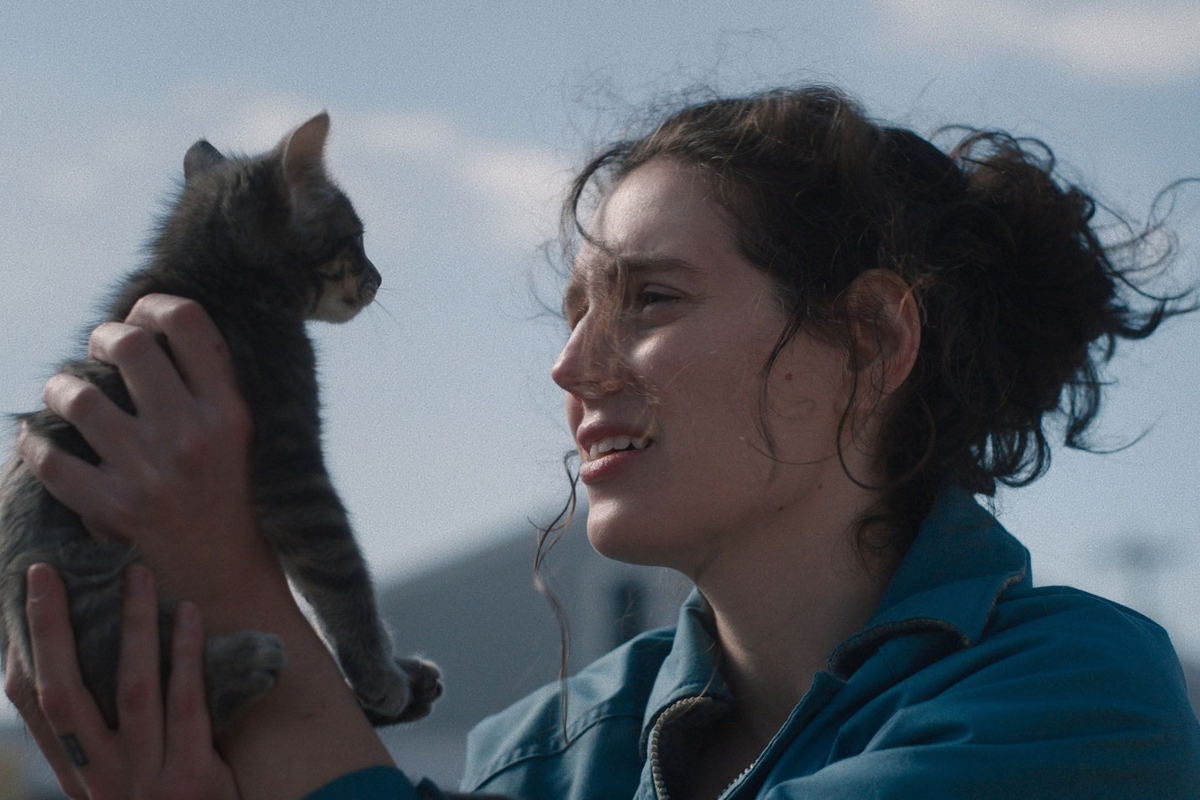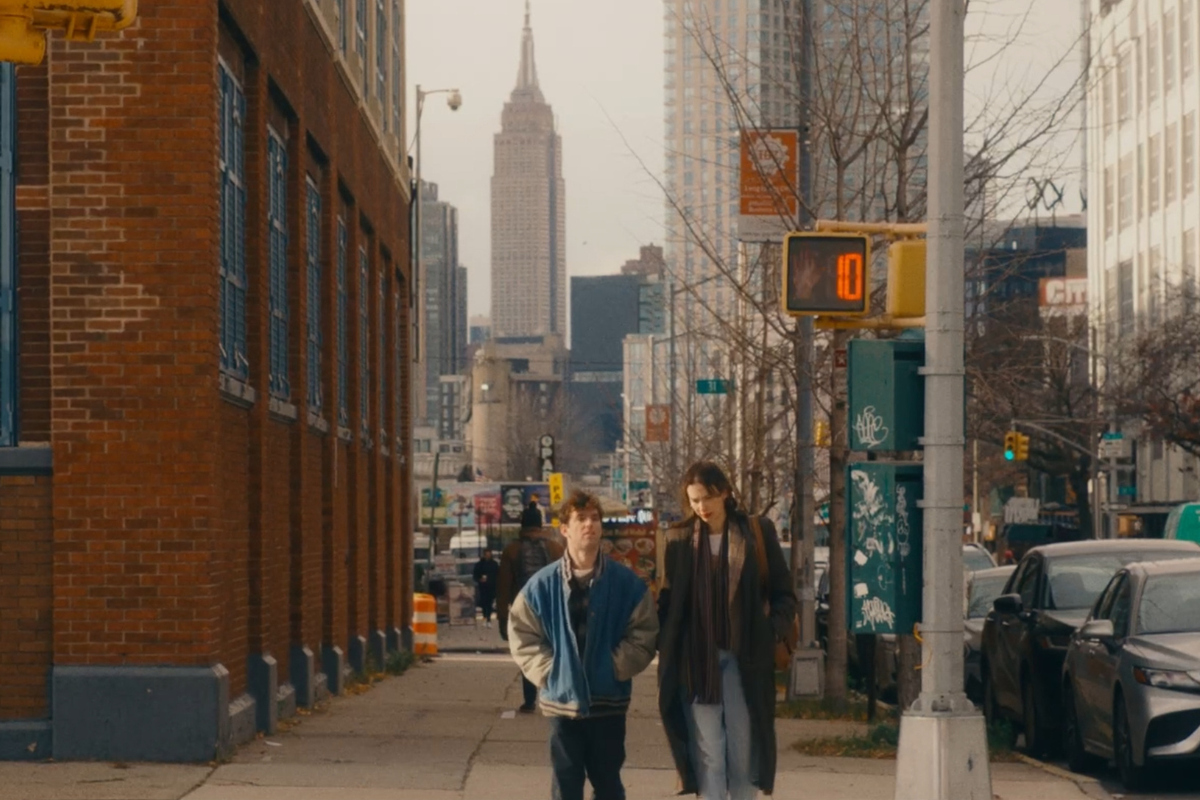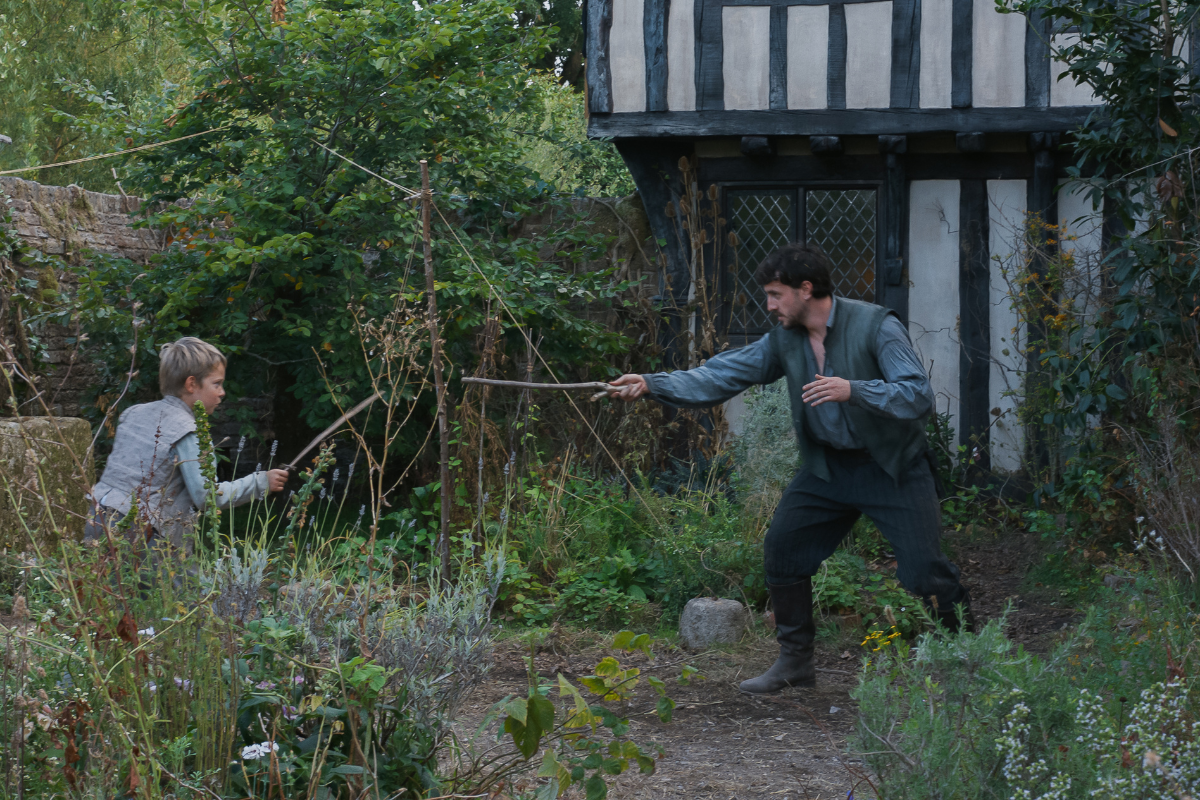Move the Conversation Forward: A Conversation with ‘The Year of the Dog’ Filmmaker Rob Grabow
Filmmaker Rob Grabow speaks with Script about his filmmaking journey, writing a story that moves a conversation forward, and more!
Matt, a loner alcoholic at rock bottom, struggles to maintain sobriety for 30 days so he can honor his mother's dying wish, to visit her in hospice, sober. His book-thumping AA sponsor, Fred, offers him refuge at his farm, where Matt finds Yup'ik, a stray Husky with a unique talent. The man and dog relationship is precarious at first, but with the help of a close-knit Montana community, the two strays find a connection and discover what it takes to pull through to the finish line.
The Year of the Dog is a heartwarming, character-driven story with a lot of depth and heart dealing with complicated situations that are typically brushed under the rug. Thankfully, filmmaker Rob Grabow has taken it upon himself to tell this story through film with authenticity and vulnerability. The Year of the Dog, opens February 24 in over 100 communities nationwide, an incredible milestone for indie films in the post-Covid marketplace.
This interview has been edited for content and clarity.
Sadie Dean: Thematically, you're hitting so many, very poignant and very topical things about forgiveness, healing, and sobriety. Where did the idea for this story initially start?
Rob Grabow: I think I had kind of the sense of a feeling that I wanted to convey more than content initially, even before writing the film. And then I found a real story that had happened. And then I found a way to bring to that story a bunch of my own experiences. So, I had these kinds of disparate groups of stories from my own life or people that I knew, and through that, I was to find a way to communicate what was inside that I wanted to get out. And so, it was just an interesting experience to try to weave these kinds of disparate things together into something cohesive, like the name Yupik. There are 24 distinct native groups in Alaska and it's one of those distinct native groups, so trying to figure out how to casually bring in the idea of Yupik into the story, for example, it was an interesting exercise. So, again, a lot of my own life experiences.
Sadie: Knowing that you wore so many creative hats on this film, was it always your intention to direct this film as well?
Rob: When I wrote it, I knew that I wanted to act in it, but I didn't know about the directing side. That wasn't my intention initially. On the writing side, I had interned at Rolling Stone magazine when I was in graduate school, I did some freelance writing for CNN back in the day. And my style of writing was always kind of like first person narrative, where I'm kind of like self-deprecating. [laughs] And when it came to film, writing that was a steeper learning curve. For me, I tend to just get stuff out on the paper real quickly. And the first draft, it's just kind of like content. And I got some good advice from a woman named Lena Rudnick, who really helped me a lot on the screenwriting side that when you're writing the script, you kind of have these two dolphins and one dolphin is carrying the story. And the other dolphin is carrying the emotional kind of subtext and you gotta be tracking both of these at the same time. And there was just a lot of learning involved in that part of the process and trying to find myself in screenwriting expression.
And so, when I wrote it, I had an idea about what the film was going to be, and then we got to shooting it, we lost the director halfway through because of a scheduling conflict. And then we had to bring on another director, and he only had a week with the script. So, he just wasn't going to know it as well. I had to kind of help out in that situation, because I knew the script so well, because I had written it and kind of lived with it. Basically, we had three different movies. And it was just really interesting to be part of each of these phases in the case of this film, so I didn't intend to be on the directing side. But it just kind of worked out that way.
Sadie: What was the overall filming process like from shooting on location in Montana, shoot days, etcetera?
Rob: Yeah, so we shot in 19 days. It was a quick shoot. And I think we had like 140 scenes or something like that. We shot in Livingston, Montana, and I had graduated from high school there, so I knew a lot of the folks in the community. And because of that, most of the locations we got for free, and we were able to kind of guerrilla shoot a lot of this. I think that kind of local community connection, if we hadn't had that, we wouldn't have been able to shoot the film anywhere near our budget level.
Sadie: Did you write for any specific actors in mind or did it just work out with casting?
Rob: I didn't write with any specific actors in mind. But I did write roles that were pretty non-race specific. And that's a great thing about writing and then also making a film is that you know what's important in the script- and it's all important - but you can make small adjustments on the directing side that allows you to cast in a case like this for just about any race. Michael Spears, who plays a co-lead in the film, Fred, we didn't know that Michael Spears was available. And we had locked in another actor who was on Marvelous Mrs. Maisel. And up ended up having a scheduling conflict, and then found out that Michael was available. Now the other actor was a white man, but we were pretty easily able to adapt the script to Michael's character. And that's a testament to Michael, you know, really bringing all of himself to the character, that we were able to do that. We had a few meetings and we collaborated and made some adjustments to the script that Michael thought would work well for him as a Lakota man. And then we were able to tell the story where the focus wasn't on race, but we also don't ignore that aspect of who our characters and our actors were and so that's one of those benefits about writing the script. And directing makes it easier to make those kinds of adjustments.
Sadie: Yeah, when you have talent like that, it definitely makes your job easier..
Rob: Yeah, for sure. Exactly.
Sadie: Tell us about your filmmaking journey.
Rob: I think just big picture in it for me, art is a place where we can explore the big kind of questions of our lives, like, who are we? Why are we alive? Where did we come from? And I think sometimes art can become a little bit commodified, and the focus gets more on making money, and prestige, and all these other things that pull away from the deeper exploration about what we as human beings are grappling with.
And for me, I went to undergrad for finance, then I went to grad school for international affairs, and I started acting school at the Actors Studio, and I was like, 33, or 34. And so I started much later. And, you know, most of the kids that went to school they were amazingly talented - they were 23 and 24 years old. And I feel like, it's essential that we, as human beings learn to explore, for example, our own vulnerability. There's a line in the film that talks about if we have a physical wound, people can see that, and they're much more supportive, and come help us. But when we're emotionally hurt, in some ways, it's not visible for people. And there's a social exploration for all of us, I think, to engage in, which is, those of us who are hurting, it's an important skill for us to learn, and develop the ability to be vulnerable, and to show that to other people. And then it's also incumbent on those around us to hold space for who we actually are and what we're actually experiencing in order to establish genuine connection. I think that requires vulnerability and openness to build the ability to both give and receive.
And so, I think for me, that's been kind of a driving force in feeling like, I want to make a difference in some way to kind of our collective situation. And I think that was the impetus for me to go to acting school, and then the turn to kind of, in this case, make my own film that I wrote, and acted in and co-directed to try to get this stuff that feels important to me inside out. Because what I'm feeling I think, is informed by the life I've lived in and people around me, and I think we all have that. And I think it's just a wonderful chance to kind of engage in this conversation.
The Year of the Dog is available in select theaters on February 24, 2023.
Learn more about the craft and business of screenwriting and television writing from our Script University courses!
Sadie Dean is the Editor of Script Magazine and writes the screenwriting column, Take Two, for Writer’s Digest print magazine. She is also the co-host of the Reckless Creatives podcast. Sadie is a writer and filmmaker based in Los Angeles, and received her Master of Fine Arts in Screenwriting from The American Film Institute. She has been serving the screenwriting community for nearly a decade by providing resources, contests, consulting, events, and education for writers across the globe. Sadie is an accomplished writer herself, in which she has been optioned, written on spec, and has had her work produced. Additionally, she was a 2nd rounder in the Sundance Screenwriting Lab and has been nominated for The Humanitas Prize for a TV spec with her writing partner. Sadie has also served as a Script Supervisor on projects for WB, TBS and AwesomenessTV, as well as many independent productions. She has also produced music videos, short films and a feature documentary. Sadie is also a proud member of Women in Film.
Follow Sadie and her musings on Twitter @SadieKDean







